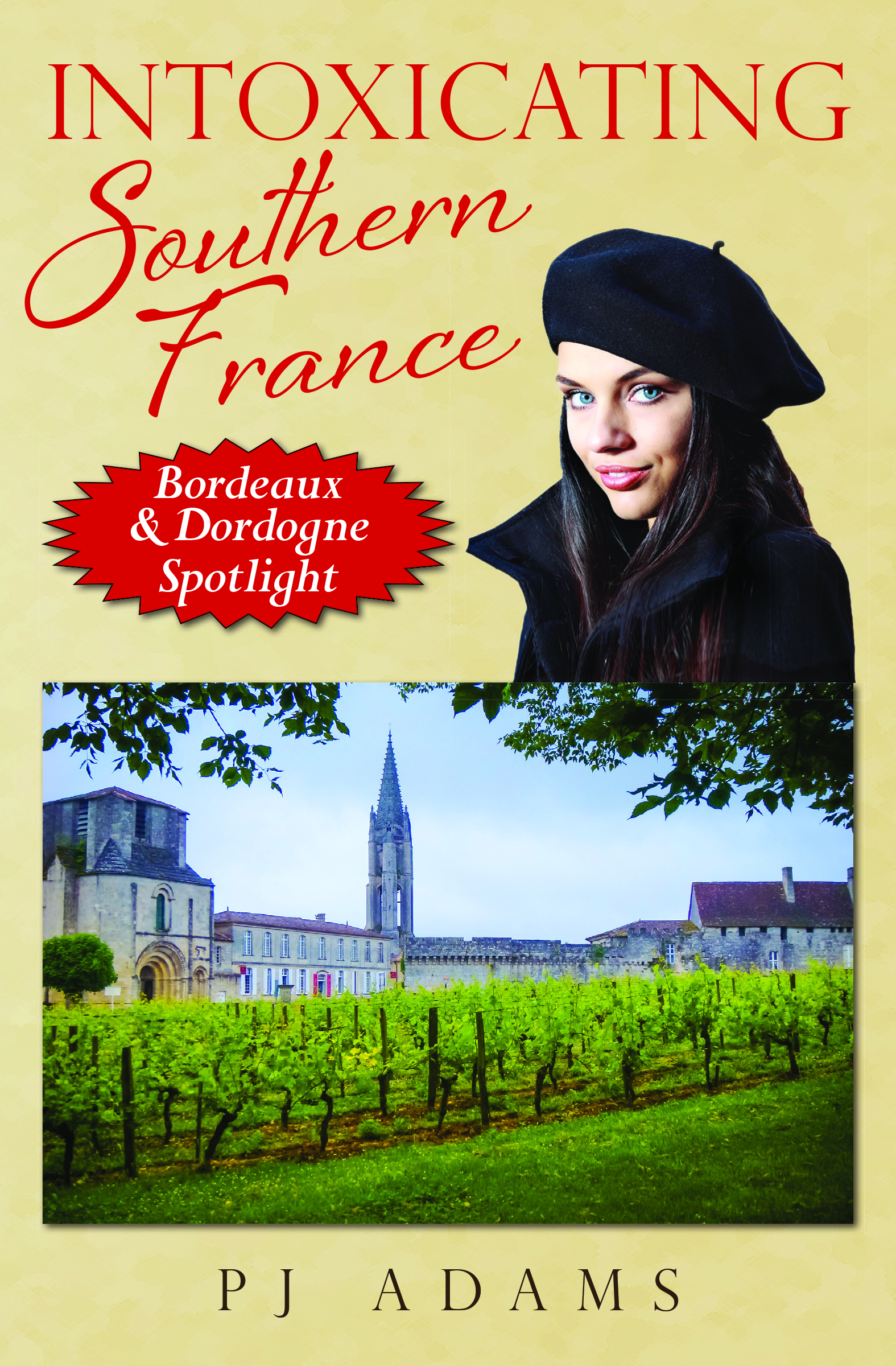Cordes-Sur-Ciel, A Magical French Village on a Hill
/Off the main tourist route in the Tarn department between the Dordogne and the wine rich Languedoc is the village of Cordes-Sur-Ciel. The name means “rocky heights above the clouds” because the elevation of the village above the surrounding countryside means that the 1,000 inhabitants often wake up to sunshine above the mist shrouded fields below.
The village was built between 1222 and 1229 to protect the people in the area from attack during a period of religious upheaval. While the village was attacked during the Hundred Years War in 1436, it’s remoteness and natural defenses have left the village mostly untouched since that time.
Cobbled streets and buildings made of stone dominate the village. There are few buildings that are newer than the 15th Century. The photographs here show the village in early September, quiet, few tourists and peaceful. It is easy to imagine yourself walking these same streets hundreds of years ago, seeing the same buildings and walking the same cobbles.
A few shops and artists studios are dotted around the village. While there are tourist oriented shops the village hasn’t given over completely to the ravages of 21st Century tourism. However, the village boasts “The Museum of the Art of Sugar”. Clearly, with that name it is a place not to be missed!
The village has a good sized market on weekends that will draw a crowd. French village markets are a fun way of seeing the locals doing serious business, be that buying livestock or cheese.
Staying overnight at one of the bed and breakfasts in the village is a delight. Make sure to find a bed and breakfast that offers parking to avoid hauling bags up a steep hill into the town. As the sun goes down the village empties, the atmosphere builds and the views are spectacular.
Any driving tour of Southern France is not complete without a visit and stay at Cordes-Sur-Ciel. The village is 90 minutes drive from Toulouse in the Southwest and three hours drive from Bergerac in The Dordogne in the Northeast. It is a magical medieval experience on a hill in southern France. What could be more French?

















